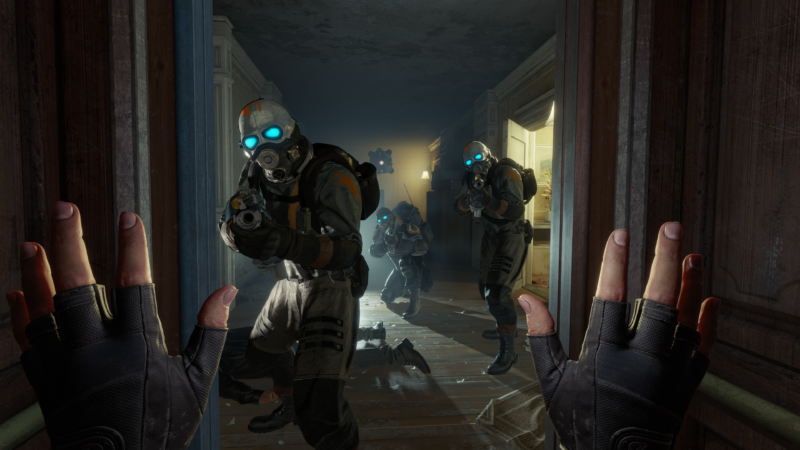Source: Ars Technica

Enlarge / The Combine are back, but you face them (and other terrors) from a different perspective—in more ways than one. Welcome to Half Life: Alyx. (credit: Valve)
Half-Life: Alyx is not a must-own video game. It is not the PC world's Super Mario 64 equivalent, a comparison I mention because Valve studio head Gabe Newell has heightened expectations this way multiple times over the years. HL:A does not use virtual reality to transform how we interact with games in a way that might be as universally embraced as Super Mario Bros. 1, Doom, Zelda: Ocarina of Time, or, of course, the first two Half-Life games.
And yet: Half-Life: Alyx is a must-play video game for anyone in a position to do so. If you already have access to the required technology—a full VR headset system, a robust computer, and a reasonable amount of space to move your arms while otherwise blind to the real world—you are in for a video game that pushes the notion of "full-length VR adventure" to its limits. The 15 hours required to beat HL:A on a first playthrough are dense. They are beautiful. They are full of unique puzzles, immersive combat, bona fide terror, and storytelling beats that all understand what does, and does not, work when translating a "flat-screen" gaming franchise to hand-tracked virtual reality.
Get it? Not universally "must-own," but conditionally "must-play." Comparatively, I'd say the latter praise is higher than, say, most any wild arcade or rhythm-gaming experience that has required additional, bulky hardware. This is not Dance Dance Revolution or Guitar Hero. This is bigger. The sheer tingle I feel when I recall HL:A's brilliant and thrilling moments is up there with any video game experience I've had in my 24 years of gaming criticism.

